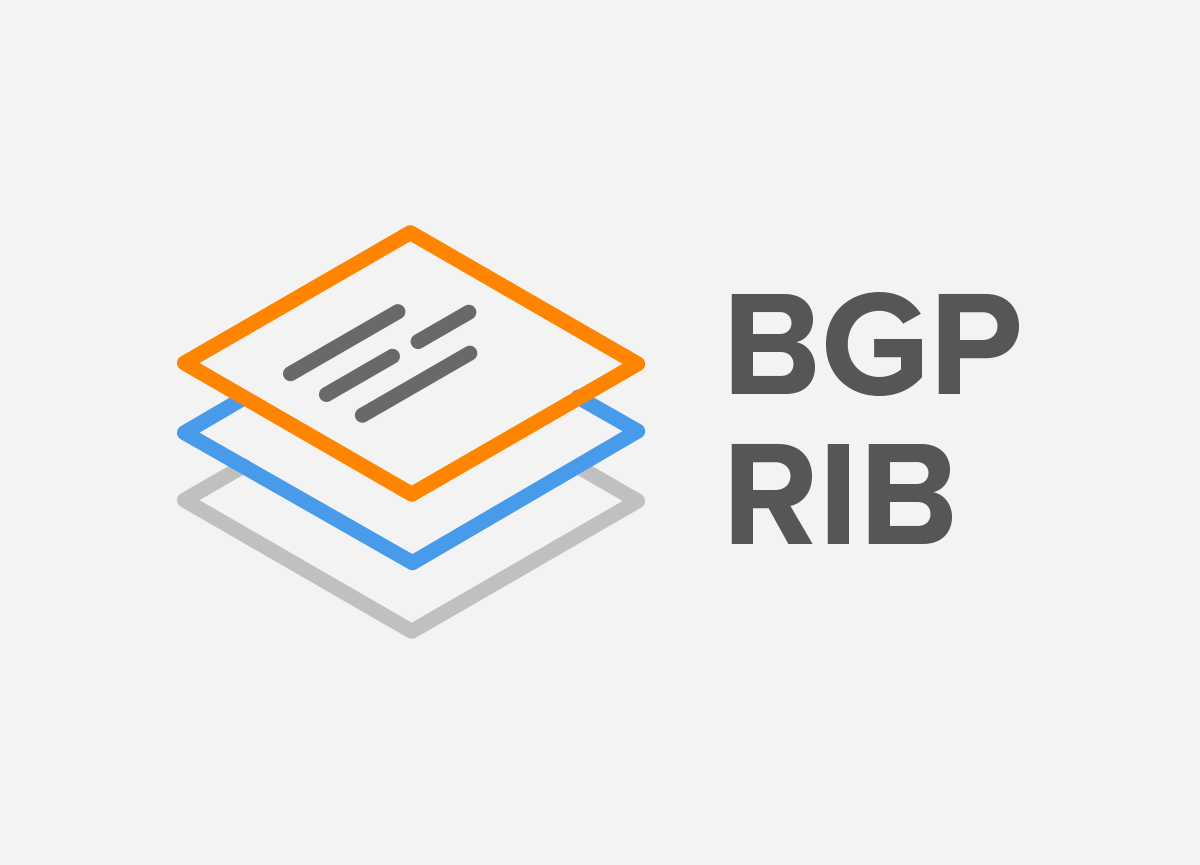Border Gateway Protocol (BGP) is not merely a protocol—it’s the backbone of the...

iBGP, or Internal Border Gateway Protocol, is a crucial component of modern networking infrastructure, particularly in large-scale enterprise networks. Explore the basics of iBGP, including its purpose, functionality, and how it is used in practice.
Definition
Related Products
Related Resources
iBGP, or internal BGP, is a way for routers within the same autonomous system (AS) to coordinate their efforts in handling BGP. Every BGP router within an AS maintains an iBGP session with every other BGP router in the AS, allowing all routers to have a full view of all BGP information so they can make the best routing decisions. In service provider networks, all routers usually run iBGP, even routers that don’t connect to external ASes. Unlike eBGP sessions, iBGP sessions don’t add the router’s own AS number to the AS path or update the next hop address. Also, there is no requirement for a direct connection between two iBGP routers, and normally no filters or route maps are applied to iBGP sessions.
One of the key benefits of iBGP is that it allows for more efficient routing within an autonomous system. Without iBGP, each router in the AS would need to rely solely on external BGP (eBGP) sessions with routers in other ASes to learn about available routes. This could lead to suboptimal routing decisions, especially if some routers in the AS have better eBGP connections than others.
By contrast, with iBGP, each router in the AS has a complete view of all BGP information within the AS, allowing for more informed routing decisions. iBGP also allows for better load balancing and redundancy within the AS, since all routers can see all available paths and can make decisions accordingly.
Another advantage of iBGP is that it allows for more granular control over routing policies within the AS. Since all routers have a complete view of all BGP information, it’s easier to apply filters, route maps, and other policies to control the flow of traffic within the AS. For example, an AS might use iBGP to prioritize certain types of traffic over others or to implement security policies to block certain types of traffic altogether.
iBGP is important when managing routing within an autonomous system. By allowing all routers to have a complete view of all BGP information, it enables more efficient and effective routing decisions, while also providing greater control over traffic flow and security.
There are some iBGP intricacies you should be aware of:
next-hop-self command.next-hop-self command.remove-private-as command.Understanding these intricacies is crucial for designing, configuring, and troubleshooting iBGP networks.
BGP routing optimization platform for utmost network performance
Free feature-restricted Intelligent Routing Platform version
Powerful, Feature-rich, and Affordable network traffic analysis system for all
This document is intended to provide step-by-step guidance to connecting your network to multiple transit providers, a practice called multihoming.
This eBook provides the basic principles and considerations for implementing BGP in networks with multiple locations.
This eBook provides best practices and troubleshooting tips for efficient BGP prefix propagation.
This eBook is intended to guide you through every aspect of the BGP Multi Exit Discriminator and how to use it with Internet Exchanges and Route Servers.